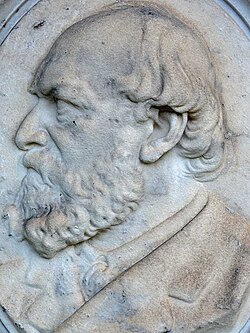

The Austro-Hungarian Monarchy in Word and Picture or the Kronprinzenwerk ("Crown Prince's Work") is a 24-volume encyclopedia of regional studies, initiated in 1883 by Crown Prince Rudolf of Austria-Hungary.
Contents
The encyclopedia describes countries, peoples, landscapes and regions of the Austro-Hungarian Crown Lands. It was also published in a 21-volume Hungarian edition ("Az Osztrák-Magyar Monarchia írásban és képben"). The German edition was edited by the history and geography professor, Josef Weil von Weilen (1830-1889), while the Hungarian edition was edited by the novelist and dramatist Mór Jókai. Only the German edition was financially successful. The Hungarian edition includes some anti-Semitic remarks that are missing from the German edition.
The volumes were issued from December 1885 through June 1902 in 398 installments, from the "k.k. Hof- und Staatsdruckerei " (Court and State Printers) and Alfred von Hölder , a publisher and bookseller. They contain 587 contributions, totaling 12,596 pages with 4,529 illustrations. The articles were written by 432 contributors, including Crown Prince Rudolf himself. [1] [2]







